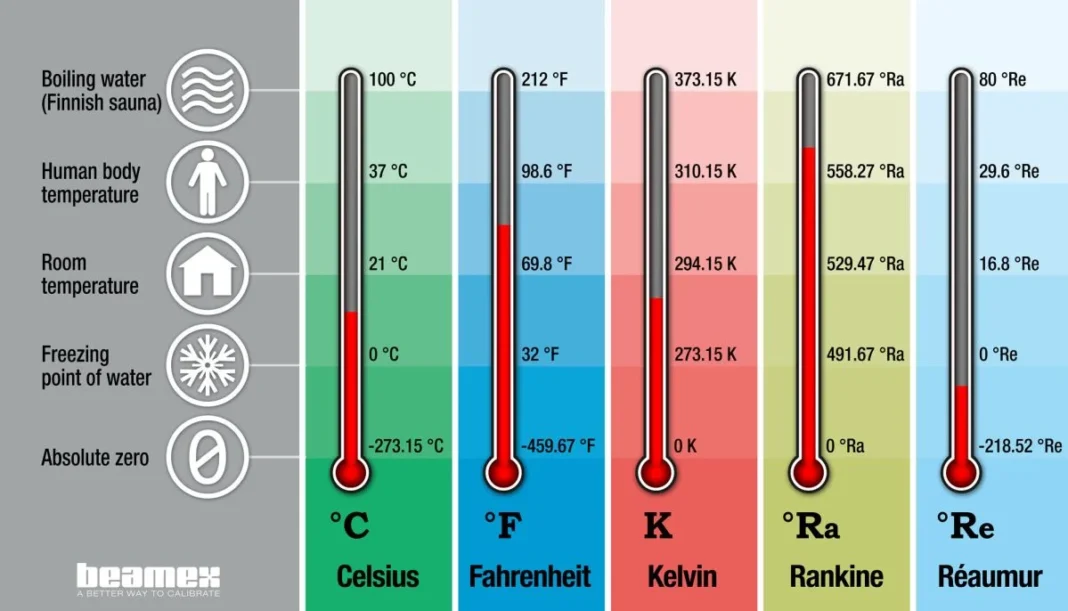Outline:
- Introduction
- Importance of temperature conversion
- Overview of Celsius and Fahrenheit scales
- Understanding Temperature Scales
- History of Celsius
- History of Fahrenheit
- Key differences between Celsius and Fahrenheit
- The Formula for Conversion
- Introduction to the conversion formula
- Breaking down the formula components
- Step-by-Step Conversion Process
- Detailed example converting 37.8°C to Fahrenheit
- Explanation of each step
- Why Conversions Matter
- Real-world applications
- Importance in daily life
- Common Mistakes to Avoid
- Pitfalls in manual conversions
- Tips for accuracy
- Using Technology for Conversions
- Online calculators
- Smartphone apps
- Conversion tools in weather apps
- Practical Examples of Temperature Conversions
- Everyday scenarios
- Importance in travel, cooking, and healthcare
- FAQs About Temperature Conversions
- Addressing common questions and concerns
Introduction
Have you ever been curious about how to convert 37.8 in celsius to fahrenheit? Whether you’re traveling, cooking, or just curious about the weather, understanding how to convert between these temperature scales is incredibly useful. This comprehensive guide will walk you through the process, providing all the information you need to make accurate conversions.
Understanding Temperature Scales
History of Celsius
The Celsius scale, also known as the centigrade scale, was invented by Swedish astronomer Anders Celsius in 1742. The scale is based on the freezing point of water at 0 degrees and the boiling point at 100 degrees under standard atmospheric conditions.
History of Fahrenheit
The Fahrenheit scale was developed by Daniel Gabriel Fahrenheit, a Polish-German physicist, in 1724. On this scale, the freezing point of water is 32 degrees, and the boiling point is 212 degrees. Fahrenheit chose these points to provide a finer resolution between the freezing and boiling points of water.
Key Differences Between Celsius and Fahrenheit
The primary difference between the Celsius and Fahrenheit scales is their starting points and increments. Celsius divides the range between the freezing and boiling points of water into 100 equal parts, whereas Fahrenheit divides this range into 180 equal parts. This difference means that one degree Celsius is equivalent to 1.8 degrees Fahrenheit.
The Formula for Conversion
To convert Celsius to Fahrenheit, you can use the following formula:
Fahrenheit (°F)=Celsius (°C)×95+32\text{Fahrenheit (°F)} = \text{Celsius (°C)} \times \frac{9}{5} + 32
Breaking Down the Formula Components
- Celsius (°C)\text{Celsius (°C)}: The temperature in degrees Celsius you want to convert.
- 95\frac{9}{5}: The conversion factor between Celsius and Fahrenheit.
- 3232: The offset that adjusts for the different starting points of the two scales.
Step-by-Step Conversion Process
Let’s convert 37.8 in celsius to fahrenheit using the formula:
Fahrenheit (°F)=37.8×95+32\text{Fahrenheit (°F)} = 37.8 \times \frac{9}{5} + 32
- Multiply 37.8 by 9: 37.8×9=340.237.8 \times 9 = 340.2
- Divide the result by 5: 340.2÷5=68.04340.2 \div 5 = 68.04
- Add 32 to the result: 68.04+32=100.0468.04 + 32 = 100.04
So, 37.8 in celsius to fahrenheit is equal to 100.04 degrees Fahrenheit.
Why Conversions Matter
Understanding temperature conversions is crucial in many aspects of daily life. For example:
- Travel: Knowing the local temperature helps you pack appropriate clothing.
- Cooking: Recipes may use different temperature scales depending on the country of origin.
- Healthcare: Body temperature readings are vital for diagnosing fevers and other medical conditions.
Common Mistakes to Avoid
When converting temperatures manually, it’s easy to make mistakes. Here are some tips to avoid common pitfalls:
- Double-check your calculations: Simple arithmetic errors can lead to incorrect conversions.
- Use the correct formula: Remembering the formula accurately is essential.
- Pay attention to significant figures: Precision matters, especially in scientific contexts.
Using Technology for Conversions
In today’s digital age, you don’t have to rely solely on manual calculations. Various tools can help with temperature conversions:
- Online Calculators: Websites dedicated to unit conversions.
- Smartphone Apps: Many apps provide quick and easy temperature conversions.
- Weather Apps: Often include built-in conversion features.
Practical Examples of Temperature Conversions
Travel: Imagine you’re planning a trip to Europe, and the weather forecast says it’s 25°C. By converting to Fahrenheit, you’ll know it’s 77°F, helping you decide what to wear.
Cooking: If a British recipe calls for an oven temperature of 180°C, you can convert it to 356°F, ensuring your dish turns out perfectly.
Healthcare: When monitoring a fever, converting a body temperature of 38°C to Fahrenheit (100.4°F) provides context for those more familiar with the Fahrenheit scale.
FAQs About Temperature Conversions
- Why is the Fahrenheit scale still used in some countries? The Fahrenheit scale is deeply ingrained in the culture and daily life of certain countries, such as the United States, making it a standard for weather reports, cooking, and more.
- What is the easiest way to convert temperatures on the go? Using a smartphone app or an online calculator is the quickest and most accurate method for temperature conversions.
- Can I use the same formula to convert Fahrenheit to Celsius? No, the formula to convert Fahrenheit to Celsius is different: Celsius (°C)=(Fahrenheit (°F)−32)×59\text{Celsius (°C)} = (\text{Fahrenheit (°F)} – 32) \times \frac{5}{9}
- Is there a temperature at which Celsius and Fahrenheit are equal? Yes, -40 degrees is the same in both Celsius and Fahrenheit.
- Why do scientists prefer the Celsius scale? The Celsius scale is based on the metric system, which is widely used in scientific research and provides a more straightforward relationship between temperature and physical properties of substances.
Conclusion
Converting temperatures between Celsius and Fahrenheit is a practical skill that can make your life easier in various situations. By understanding the history and differences between these scales, using the conversion formula, and leveraging technology, you can quickly and accurately convert temperatures. Whether you’re traveling, cooking, or taking care of your health, mastering temperature conversions ensures you’re always prepared and informed.


